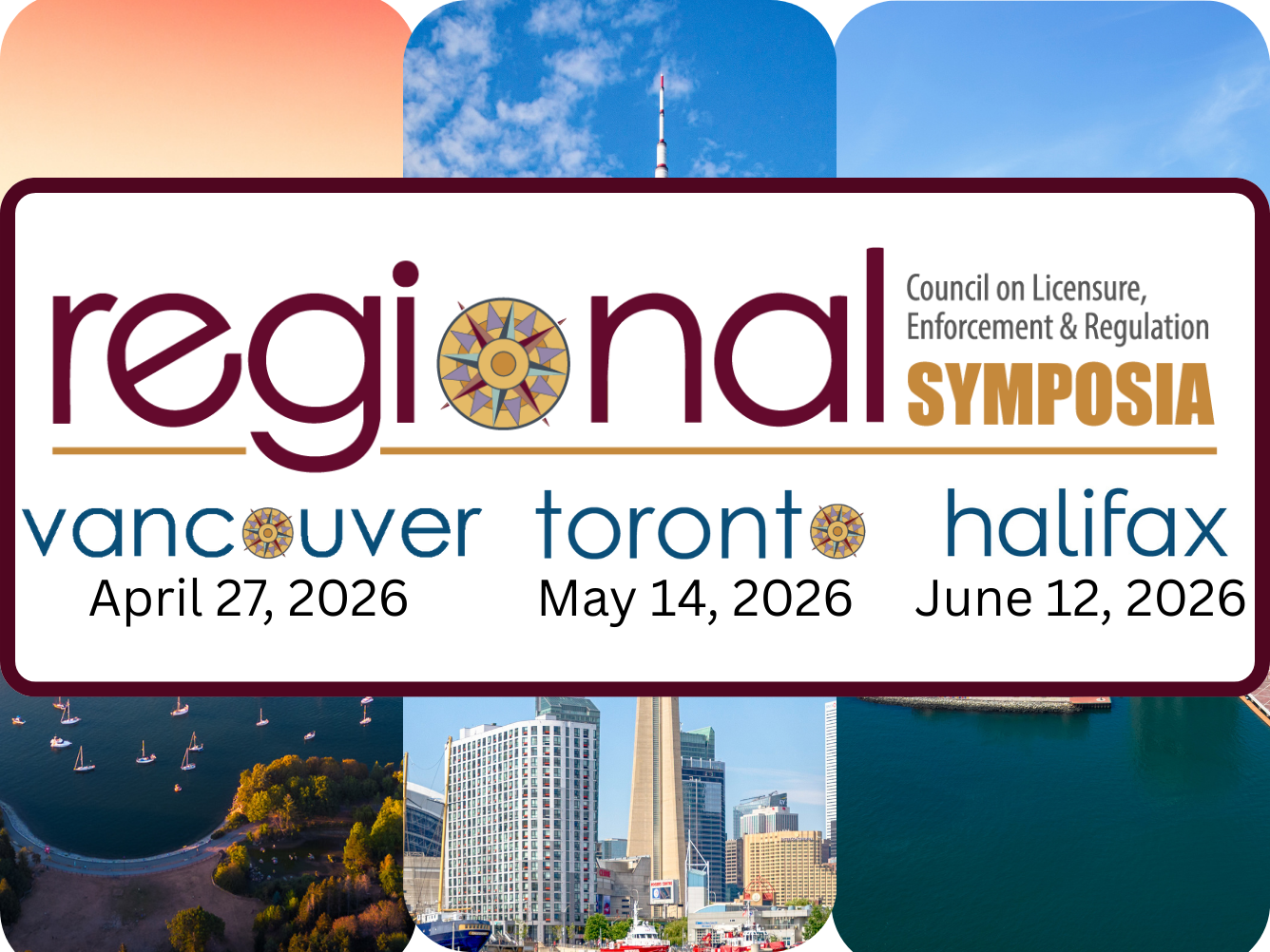2024 Winter Symposium
January 10, 2024 | Tucson, Arizona
January 10, 2024 | Tucson, Arizona
Coding Kindness:
Regulatory Approaches to Technology and Compassion
Integrating technologies into regulatory processes can increase efficiency and reduce errors among myriad other benefits, but the potential risks must also be considered and addressed. The inherent biases of people can be even harder to see when they are hidden behind software code and the illusion of technological objectivity. The compassion and kindness of a person-to-person interaction cannot (yet) be replicated by a webform or automated system. In a rapidly evolving technological landscape, understanding the intersection of innovation and compassion has become more vital than ever.
As the latest technological innovation to impact regulation, Artificial Intelligence promises even greater advances to increase access and streamline workflows. It also raises additional questions about how technology impacts regulators’ ability to maintain a human-centered approach in their work. What can we expect from greater integration of AI into our work? What questions remain about the technologies that have already been incorporated? Has the digital age been an equitable age? Can artificial intelligence be compassionate? Regulation is notoriously risk-averse – does AI increase or decrease risk?
Though the overall impact of AI on regulation and the professions we regulate are still up for debate – this symposium will provide space for attendees to discuss their concerns and hopes for AI and provide a launching pad for ongoing discussions across CLEAR platforms. Our strength is in collaboration!
The full symposium program is available to view and download here.
Presentation slide decks will be posted as they become available.
Empathy in the Age of AI: Safeguarding Compassion in Licensed Professions
Lisa Henderson – Co-Founder & Chief Brand Officer, Synchronous Health
Moderator: Rick Borges – Managing Director, Financial Regulation, Thentia
Jennifer Garrett – Assistant Deputy Secretary, Wisconsin Department of Safety & Professional Services Michelle Sigmund-Gaines – Executive Director, Oregon Board of Physical Therapy
AI: The Need for an Inclusive Conversation
Dr. Arthur “Barney” Maccabe - Executive Director, Institute for Computation and Data-Enabled Insight (ICDI), University of Arizona
Practical Examples and Applications: A Fireside Chat with ChatGTP
Paul Byrne – Executive Director of Regulatory Operations and Support Services, Medical Council of Ireland
Moderator: Graeme Keirstead, K.C. – Deputy Registrar & Chief Legal Counsel, College of Physicians and Surgeons of BC
Roundtable Discussion – Strategies to balance technology & humanity
Compiled Responses to Discussion Questions from the session.
Before the session:
1. Rank the preliminary discussion questions via the Slido poll.
2. Add your own questions throughout the symposium.
During the session:
1. Engage with fellow attendees during the live roundtable discussion.
2. Share your responses via the Slido audience poll to begin developing a resource for CLEAR members.
Preliminary Discussion Questions:
- How can regulators maintain a sense of empathy in their work when utilizing automated systems?
- In your opinion, does the use of AI in regulation increase or decrease overall risk, considering the traditionally risk-averse nature of regulatory processes?
- To what extent has the digital age contributed to equitable practices in regulation, and what steps can be taken to ensure fairness in the integration of technology?
- What past examples of technological integration can inform how regulators work with and think about artificial intelligence? In your regulatory work? In the work of the profession(s) you regulate?
- How can regulators navigate the challenges posed by the rapidly evolving technological landscape while ensuring a balance between innovation and maintaining a human-centered approach?
- Considering the potential biases in AI, how can regulators promote diversity, equity, and inclusion in the development and implementation of technological solutions in their work?
- To what extent should regulators involve stakeholders and the public in the decision-making processes related to the integration of AI into regulatory practices?
- Has your organization conducted an impact assessment for specific technologies like artificial intelligence? What did it entail? What was the outcome?
- What existing policies or procedures does your organization have in place that could be adapted to assessing risk related to AI/emergent technologies?
- In what ways can collaboration across CLEAR platforms facilitate ongoing discussions about the impact of AI on regulation and the professions being regulated?


